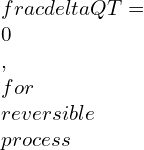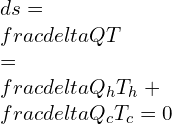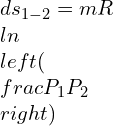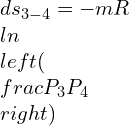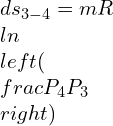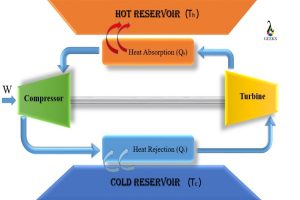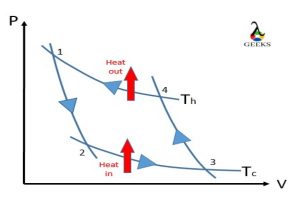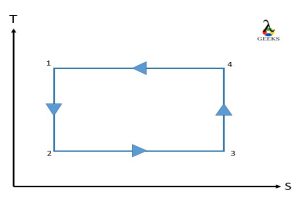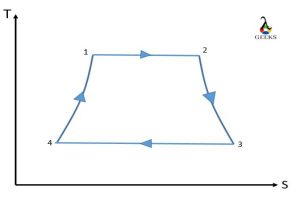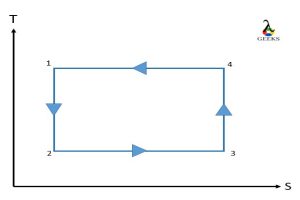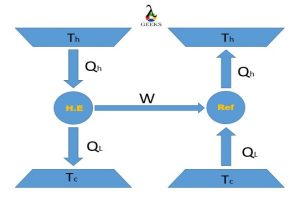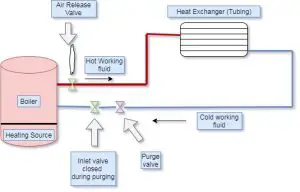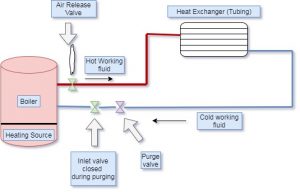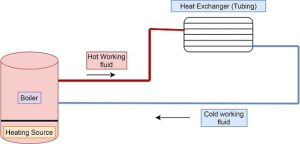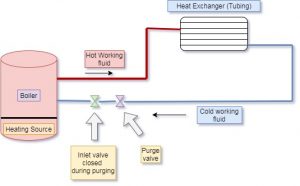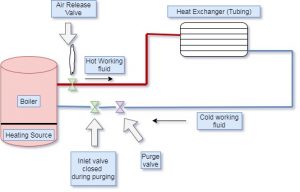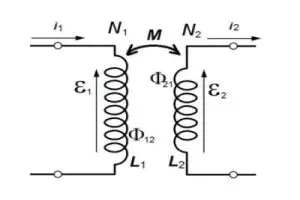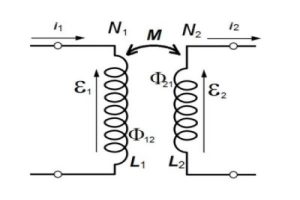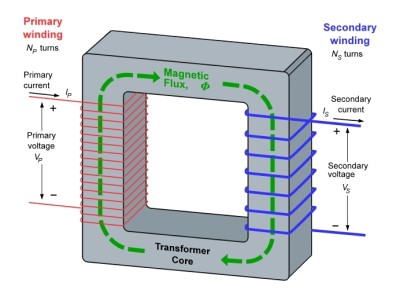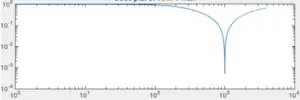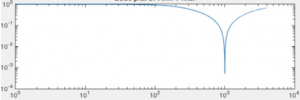Content
- Babcock and Wilcox boiler diagram | Babcock and Wilcox boiler easy diagram |Babcock and Wilcox boiler images | Babcock and Wilcox boiler schematic diagram
- Advantages of Babcock and Wilcox boiler | advantage of Babcock and Wilcox water tube boiler
- Disadvantages of Babcock and Wilcox boiler
- Application of Babcock and Wilcox boiler | uses of Babcock and Wilcox boiler | Babcock and Wilcox boiler uses
- Babcock and Wilcox boiler parts | Babcock and Wilcox water tube boiler | Babcock and Wilcox boiler model
- Working of Babcock and Wilcox boiler
- Babcock and Wilcox boiler specification
- Babcock and Wilcox boiler principle | construction and working of Babcock and Wilcox boiler
- Babcock and Wilcox boiler accessories
- Babcock and Wilcox boiler pressure
- FAQS
- Where Babcock and Wilcox boiler is used ?
- Who founded Babcock ?
- Which types of fuel can be used in Babcock and Wilcox boiler?
- What will happen if the heat exchanger tube of Babcock and Wilcox boiler is replaced by a cube?
- Why are the tubes of water tube boilers kept inclined? Justify
Keynotes
Babcock and Wilcox boiler | what is Babcock and Wilcox boiler
- Stationary
- Water tube
- Externally fired
Babcock and Wilcox boiler parts
- Drum or shell
- Superheater
- Water tubes
- Upper and lower header
- Furnace
- Baffles
- Grates
- Fire door
- Anti priming pipe
- Mud box
- Man hole
Babcock and Wilcox boiler accessories & Mountings
- Water level indicator (Indicate water level)
- Steam Stop valve
- Safety valve (To reduce pressure)
- Superheater (Increase temperature)
- Pressure gauge (Pressure measurement)
Why are the tubes of water tube boilers kept inclined?
The water tubes are joined with the water steam drum. The water tubes are installed inclined with the boiler to improve heat transfer and get other benefits. The water tubes is kept 15° angle of inclination. The tube diameter of the water tubes installed in this boiler is approx. 10 cm.
The tube inclination is increasing the convection heat transfer in the tube.
Babcock and Wilcox boiler diagram | Babcock and Wilcox boiler easy diagram | Babcock and Wilcox boiler images | Babcock and Wilcox boiler schematic diagram
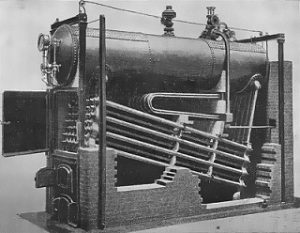

Image Credit Research gate Dr. Ravindran S., Shanmugam
Working of Babcock and Wilcox boiler
Lets’s learn the working of the Babcock and Wilcox boiler with details and stepwise.
- The water is stored inside the drum. Then, the fluid initiates flowing from the steam –water drum to the incline water tubes (through the lower header).
- The solid fuel burning in the furnace generates the hot flue gases passing over the water tubes. The water tube contains water in it which is get heated because of hot flue gases. Here, the baffles are very helpful to increase heat transfer. The hot gases pass through the zigzag motion due to baffles.
- The water inside water tubes absorbs heat from hot flue gases and changes the phase from water to steam.
- The produced steam inside the water tube will travel to the top and collected inside the topmost portion of the drum.
- The function of an anti priming pipe is to reduce moisture content present in the steam. There are some holes inside the anti priming pipe, which is useful to lower the moisture. After separating moisture content, this pipe transfers the high pressure steam to the superheater for next steps.
- The function of a superheater is to raise the temperature of the steam to make it suitable for power generation. Then, the super-heated steam is supplied to the steam stop valve pipe.
- The steam from the superheater is either taken out or stored in the drum for another process. If the steam is taken out from the boiler, it is supplied to the turbine for power generation. The steam of boiler can be used for process heating purposes also.
Advantages of Babcock and Wilcox boiler | advantage of Babcock and Wilcox water tube boiler
The advantages of Babcock and Wilcox boiler are discussed in detail :
- The efficiency of this boiler is more compared to others. The efficiency is expected around 60 to 80%
- The generation of steam is higher in this boiler. It is approximately 20,000 to 40,000 kg of steam in one hour (Pressure range between 10 to 20 bar).
- This boiler is easily maintainable compared to others.
- It is easy to change the faulty tube in Babcock and Wilcox boiler.
- The tube expansion and tube contraction cannot create problem in this boiler. The water drum and water tubes are loosely connected in the brick wall so that it is easy to expand and contract tubes during heat transfer.
- The loss due to drought in Babcock and Wilcox boiler is very less.
- The boiler inspection is convenient during boiler working.
- It is easy to clean and repair every part of the Babcock and Wilcox boiler due to its better accessibility.
- It is possible to obtain temperature and steam quickly in this boiler. Therefore, it is suitable to meet the quick demand for steam.
- It can deliver highly dry steam even if the water supply is not proper compared to other boilers.
- It requires less floor area per steam generation as compared with the fire tube boiler.
Disadvantages of Babcock and Wilcox boiler
There are some disadvantages of the Babcock and Wilcox boiler as discussed below in detail,
- The water requires for the boiler should be very pure. Even a few impurities in the water can cause scale formation in water tubes. This scale formation results in a reduction in steam generation due to bursting and overheating. Before supplying water to the boiler, water treatment should be carried out to minimize the impurities.
- It is required to monitor the water level continuously inside the boiler. If the feedwater level falls below the limit for few seconds, it can cause the overheating of tubes.
- The Babcock and Wilcox boiler’s size is large compared to other boilers, resulting in the boiler’s maintenance cost.
- The brick structure is required in this type of boiler, which is not necessary for other boilers.
Application of Babcock and Wilcox boiler | uses of Babcock and Wilcox boiler | Babcock and Wilcox boiler uses
This boiler is a stationary water tube boiler, so that it is normally utilized in stationary applications.
This type of boiler is utilized to develop higher pressure steam. This steam is utilized to electric power production.
Babcock and Wilcox boiler parts | Babcock and Wilcox water tube boiler | Babcock and Wilcox boiler model
There are many big and small parts in Babcock and Wilcox boiler. Out of them, some of the main components are listed and described as below,
Shell or Drum or water shell:
It is a cylindrical portion on top of the boiler. This drum is filled with water. The water level is maintained around 2/3 rd of the drum. The steam and water both stored in the drum during the operation of the boiler.
Water tubes (water pipes):
The water tubes are connected with the drum. The water tubes are installed inclined with the boiler to improve heat transfer and get other benefits. The water tubes is kept 15° angle of inclination. The diameter of the water tubes used in this boiler is about 10 cm.
Superheater:
The function of a superheater is to raise the temperature of the steam to make it suitable for power generation. Then, the super-heated steam is supplied to the steam stop valve pipe.
Furnace:
The Babcock Wilcox boiler is externally fired. The furnace of this boiler is built outside of the boiler structure. This furnace is built below the upper header.
Baffles :
The function of the baffles is to make gases passes over the tubes properly. It is also widely called a deflector. These baffles are made of bricks. The baffles are also useful to increase the effective contact area and time of contact between the water tubes and the hot flue gases.
Grate:
The grate is the cast iron made setup that is used inside the furnace. The solid fuel is spread over the grate for proper burning.
Fire Door:
The fire door is utilized to put fuel into furnace of the boiler. The solid fuel is generally provided through the fire door.
Anti -Priming Pipe (To remove moisture):
The function of an anti priming pipe is to reduce moisture content present in the steam. There are some holes inside the anti priming pipe, which is useful to lower the moisture.
Upper Header and Lower Header:
There are two headers in the Babcock and Wilcox boiler. One is the upper header, and the second is the lower header. The upper header and more downward header are joined with the drum through the water tubes.
The function of the upper header is to transfer the steam–water mixer to the drum. This header is joined to the front of the boiler.
The use of the lower header is to transfer fluid from the back end of the steam-water drum to the water tubes.
Mud Box:
The function of the mud box is to take mud and impurities from the water. It is installed below the lower header. Thus, the collected dirt is disposed of properly.
Man Hole:
The utility hole is a very important part of a boiler because it is the entry gate of a person to enter into the boiler. One can go inside the boiler and do cleaning and maintenance. The manhole should be kept close during boiler operation.
Blow Off Pipe:
The function of the blow-off pipe is used to take out all mud from the mud box. It is also draining water if found in an excessive way.
Supports:
The drum is installed with two supports because the drum carries water. In addition, the weight of the drum is high due to water storage. Therefore, supports are needed for the drum.
Babcock and Wilcox boiler specification
This boiler is available in the range of specifications. The common specification of the Babcock and Wilcox boiler is given below.
- The thermal capacity of the boiler: 4 to 35 tons per hour
- Pressure range: 1 to 2.5 MPa
- The steam temperature at the output: 184 to 350 ℃
- Acceptable fuel: Solid fuels like coal, woods etc.
- Applications: Power industries, Petroleum industries, chemical industries for process heat, pharma and textile industries for process heating etc.
Babcock and Wilcox boiler accessories
The safety and performance of the boiler can be maintained with mountings and accessories. Mountings and the accessories of this boiler are discussed as below,
List of the mountings and accessories
- Water level indicator (Indicate water level)
- Steam Stop valve
- Safety valve (To reduce pressure)
- Superheater (Increase temperature)
- Pressure gauge (Pressure measurement)
Water Level Indicator (Indicate water level)
The level of water inside the boiler should be maintained properly for efficient working of the boiler. The water level indicator indicates the how much water present inside the boiler at a time. The boiler operator continuously read the water level in the water level indicator.
Pressure measuring instrument
It is utilized to read the steam pressure in the boiler. The boiler operator continuously observes the pressure gauge during boiler operation.
Safety Valve
It is the most important device according to boiler safety. The safety valve installed on the steam chest. If the pressure inside the boiler will increase at the desired level, then this valve will open and release the pressure.
Superheater:
The function of a superheater is to raise the temperature of the steam to make it suitable for power generation. Then, the super-heated steam is supplied to the steam stop valve pipe.
Steam Stop Valve
A steam stop valve in this boiler is work to maintain the flow of produced steam. It is also useful to stop the steam output whenever required. It is one of the largest valve in the Babcock and Wilcox boiler. It is installed between the boiler and the main steam outlet line.
Babcock and Wilcox boiler pressure
The pressure inside Babcock and Wilcox boiler depends on the specification of the boiler. The operating pressure inside this type of boiler is generally in the range of 11.5to 17.5 bar.
Babcock and Wilcox boiler principle | construction and working of Babcock and Wilcox boiler
The water is kept in the water-steam drum. Then, the fluid starts leaving from the water-steam drum to the incline water tubes (through the lower header).
The solid fuel burning in the furnace generates the hot flue gases passing over the water tubes. The water tube contains water in it which is get heated because of hot flue gases. Here, the baffles are very helpful to increase heat transfer. The hot gases pass through the zigzag motion due to baffles.
The water inside water tubes absorbs heat from hot flue gases and changes the phase from water to steam.
The produced steam inside the water tube will travel to the top and collected inside the topmost portion of the drum.
The function of an anti priming pipe is to reduce moisture content present in the steam. There are some holes inside the anti priming pipe, which is useful to lower the moisture. After separating moisture content, this pipe transfers the high pressure steam to the superheater for next steps.
The function of a superheater is to raise the temperature of the steam to make it suitable for power generation. Then, the super-heated steam is supplied to the steam stop valve pipe.
The steam from the superheater is either taken out or stored in the drum for another process. If the steam is taken out from the boiler, it is supplied to the turbine for power generation. The steam produced from Babcock and Wilcox can be utilized for process heating applications also.
FAQS
Where Babcock and Wilcox boiler is used ?
The Babcock and the Wilcox boiler is generally used in the following applications,
Applications: Power industries, Petroleum industries, chemical industries for process heat, pharma and textile industries for process heating etc.
Power generation is a wide application of this boiler.
Who founded Babcock ?
Hero was a mathematician and scientist in greek. He has developed equipment working on the steam. Later on, it became known as the steam engine. Hero’s science is used to build the water tube boiler. Stephen Wilcox is the person who developed this boiler.
Which types of fuel can be used in Babcock and Wilcox boiler?
There are many fuels can be used for Babcock and Wilcox boiler. However, the coal is most widely used fuel for this boiler.
What will happen if the heat exchanger tube of the Babcock and Wilcox boiler is replaced by a cube?
A heat exchanger tube provides a more effective heat transfer area as compared to a cube. If a cube is used instead of a heat exchanger tube, the performance of the boiler will be decreased
Why are the tubes of water tube boilers kept inclined? Justify
The water tubes are joined with the water steam drum. The water tubes are installed inclined with the boiler to improve heat transfer and get other benefits. The water tubes is kept 15° angle of inclination. The tube diameter of the water tubes installed in this boiler is approx. 10 cm.
The inclination of the tube is encouraging the convection heat transfer in the tube.
For More Articles on Mechanical Engineering , Click Here
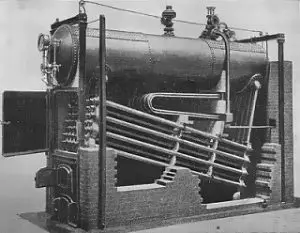





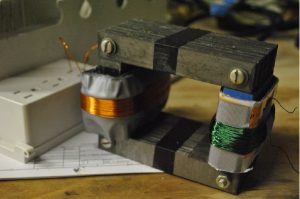

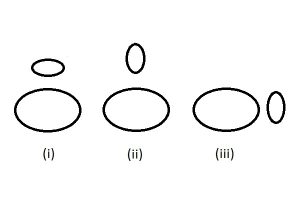
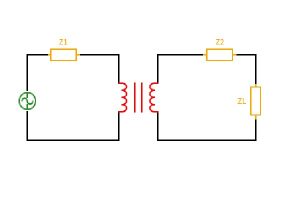
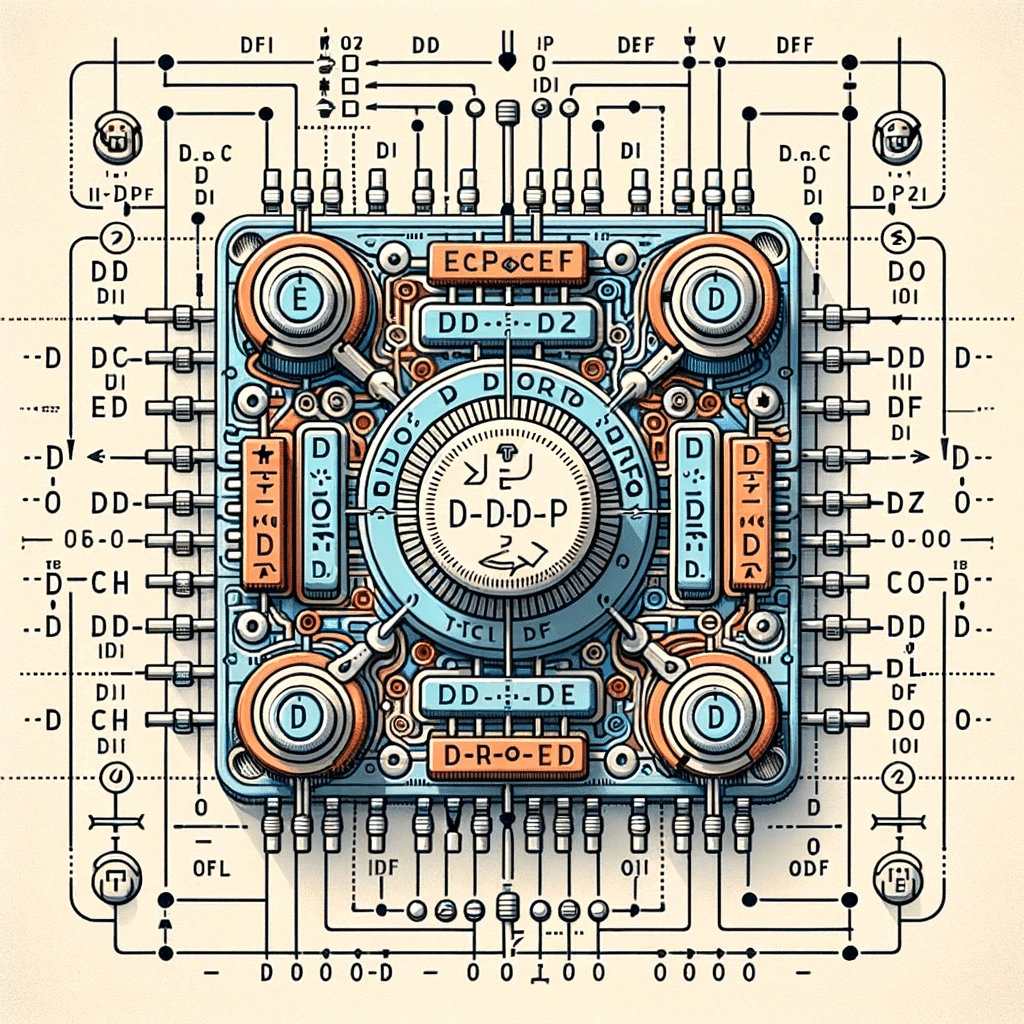
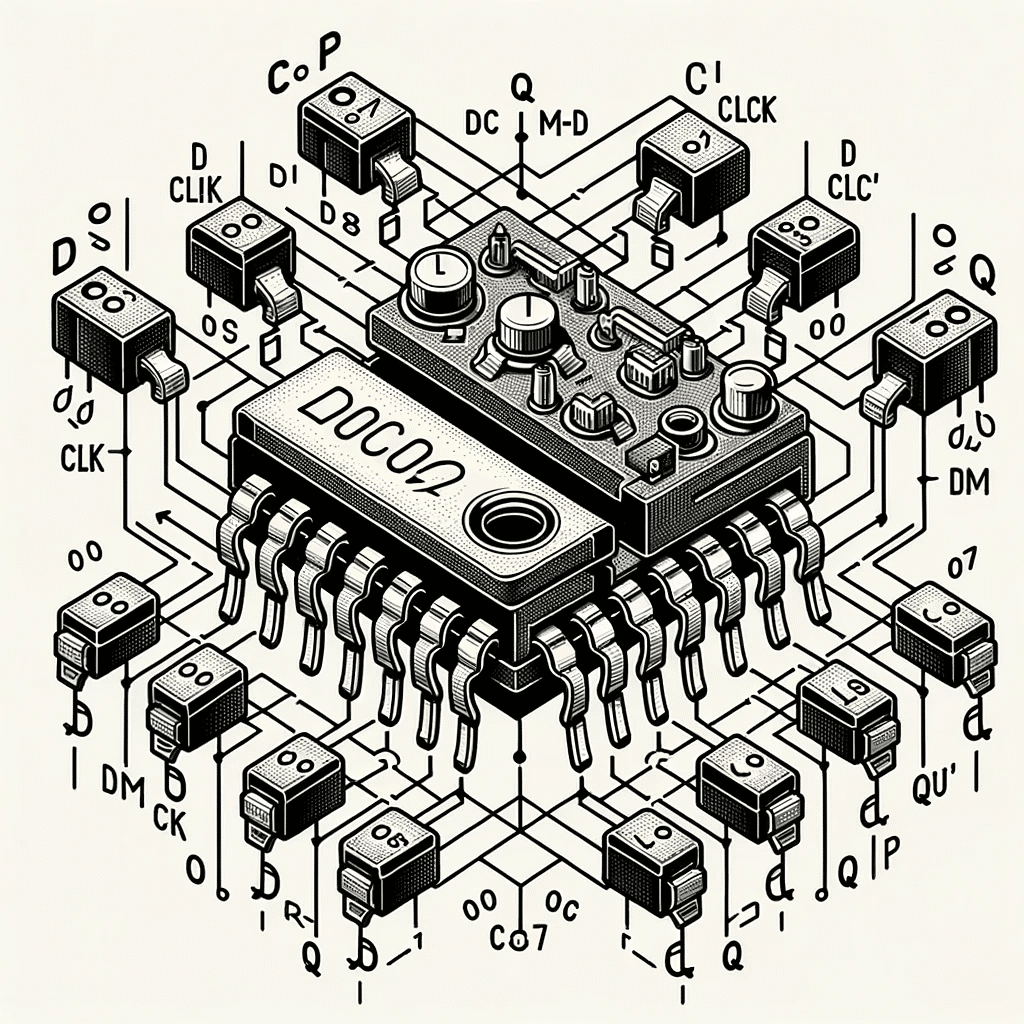










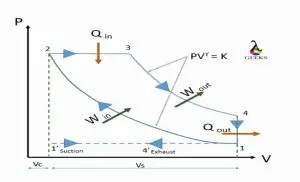
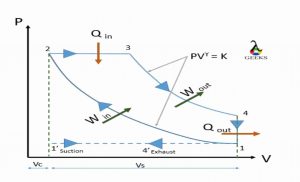
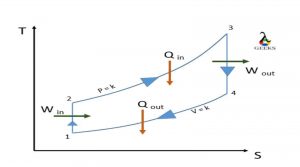
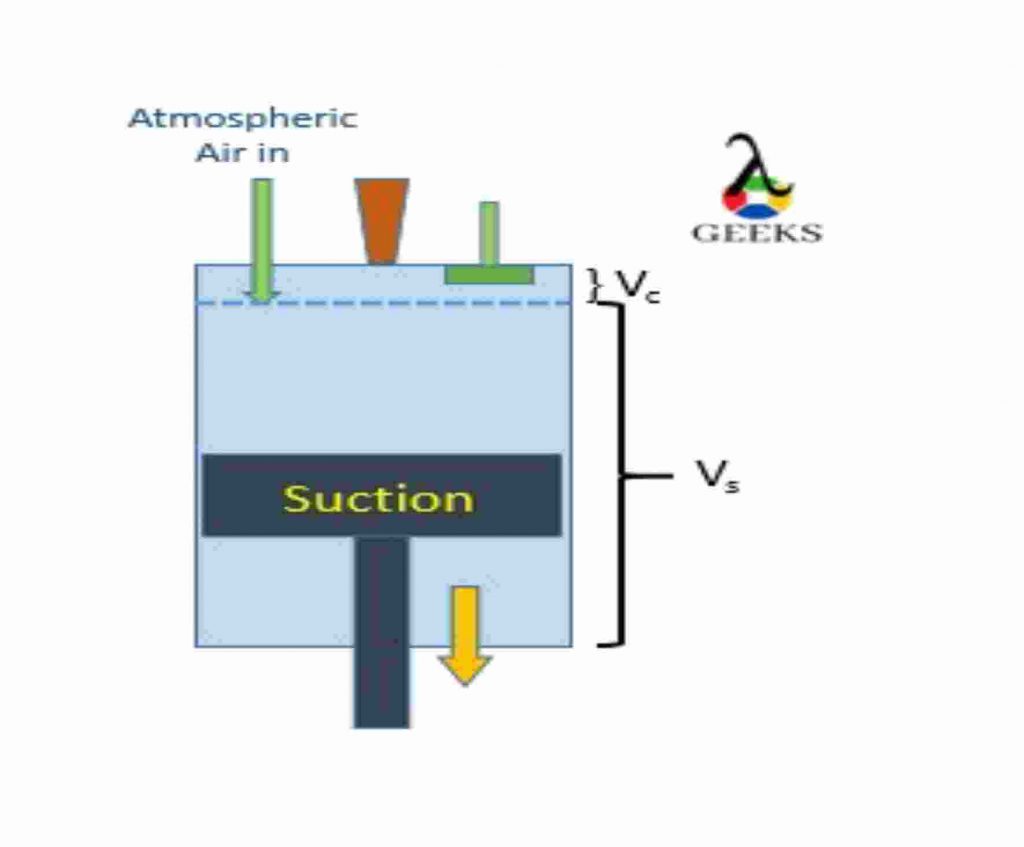
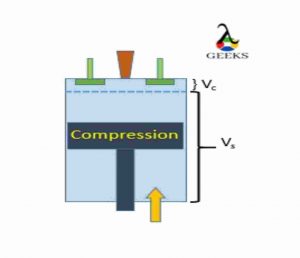
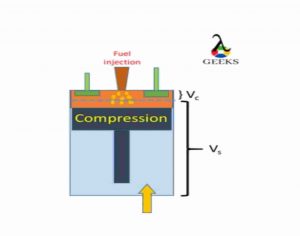
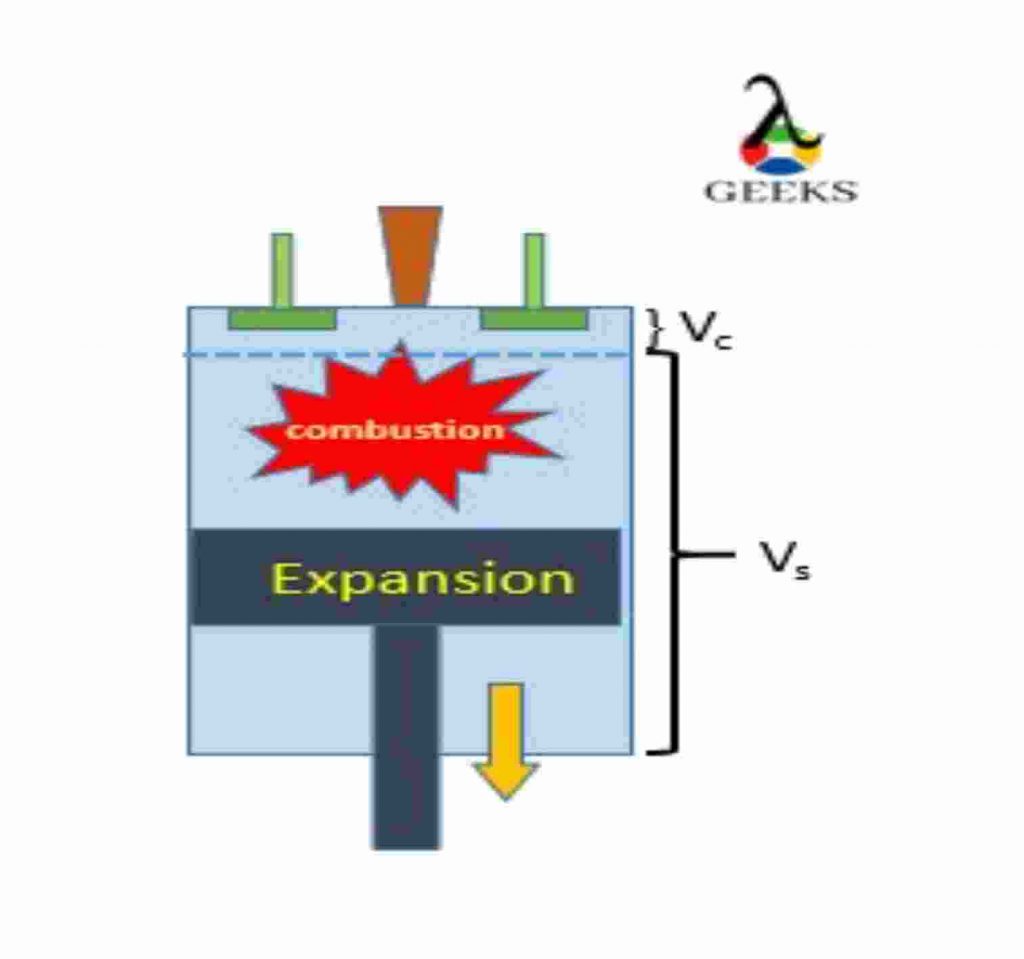
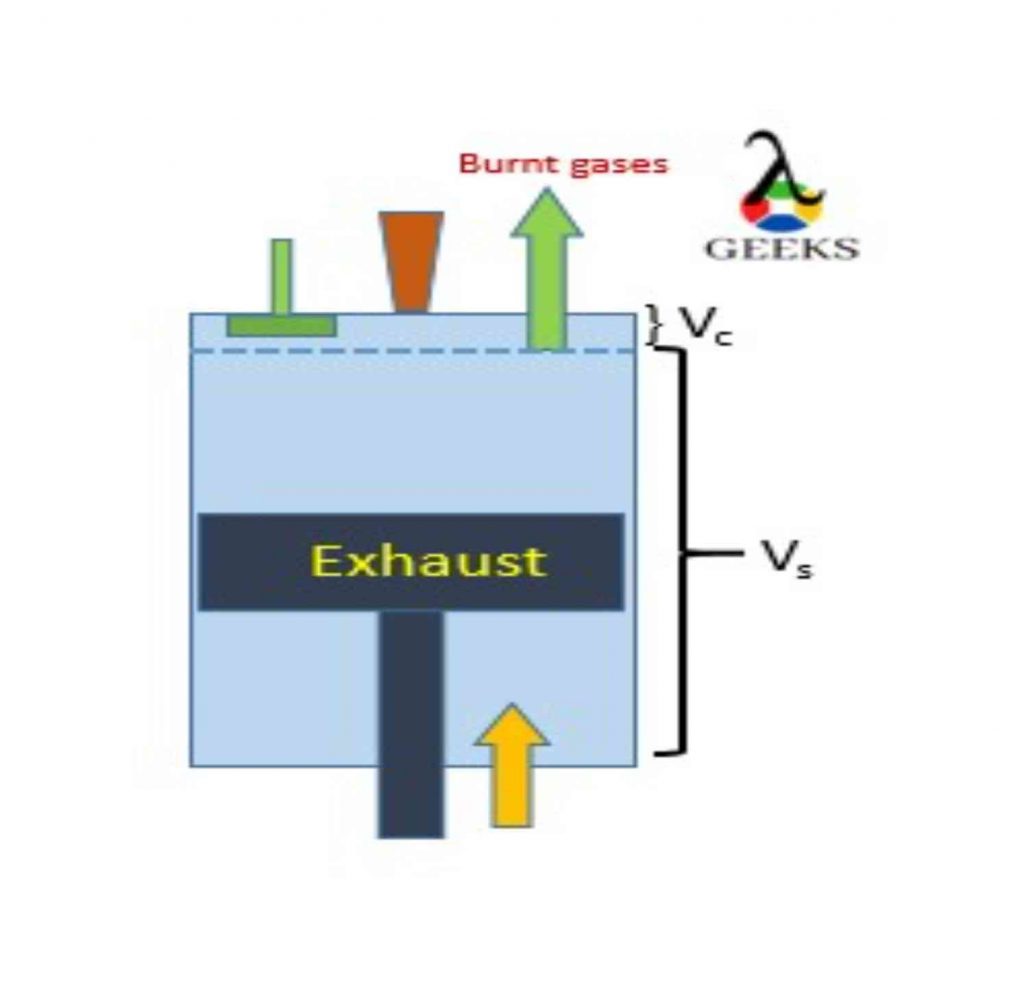

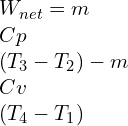
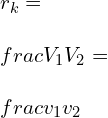
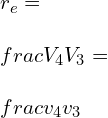
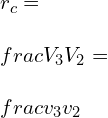

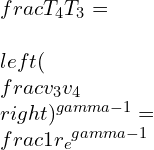
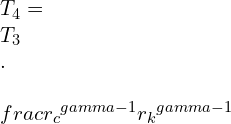
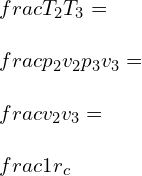

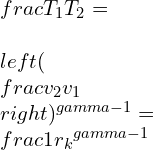
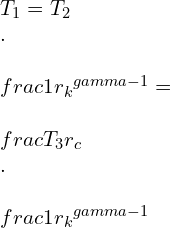










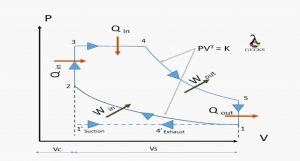
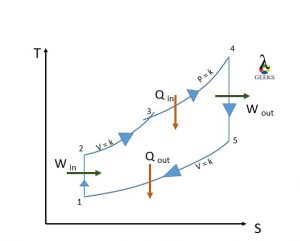
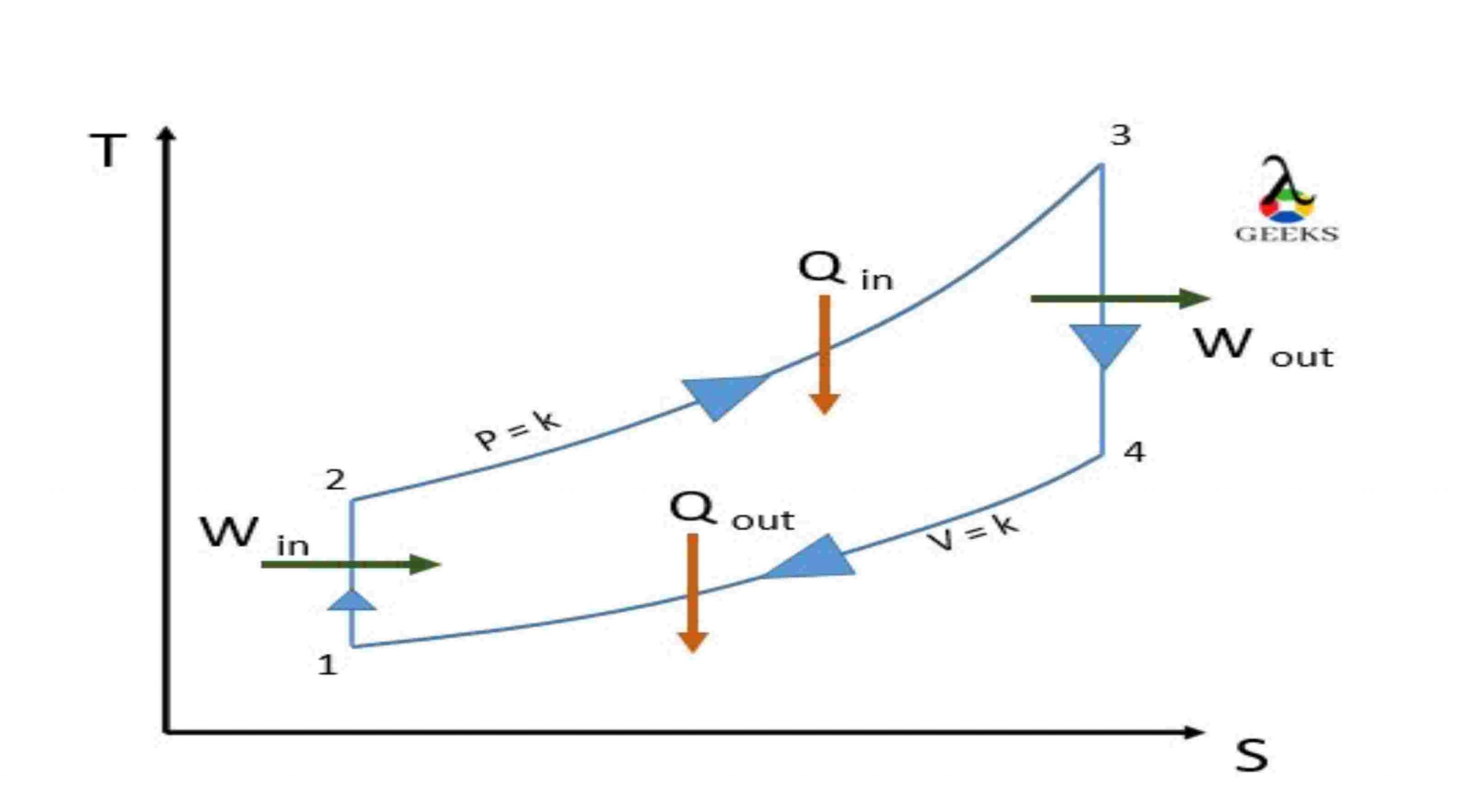
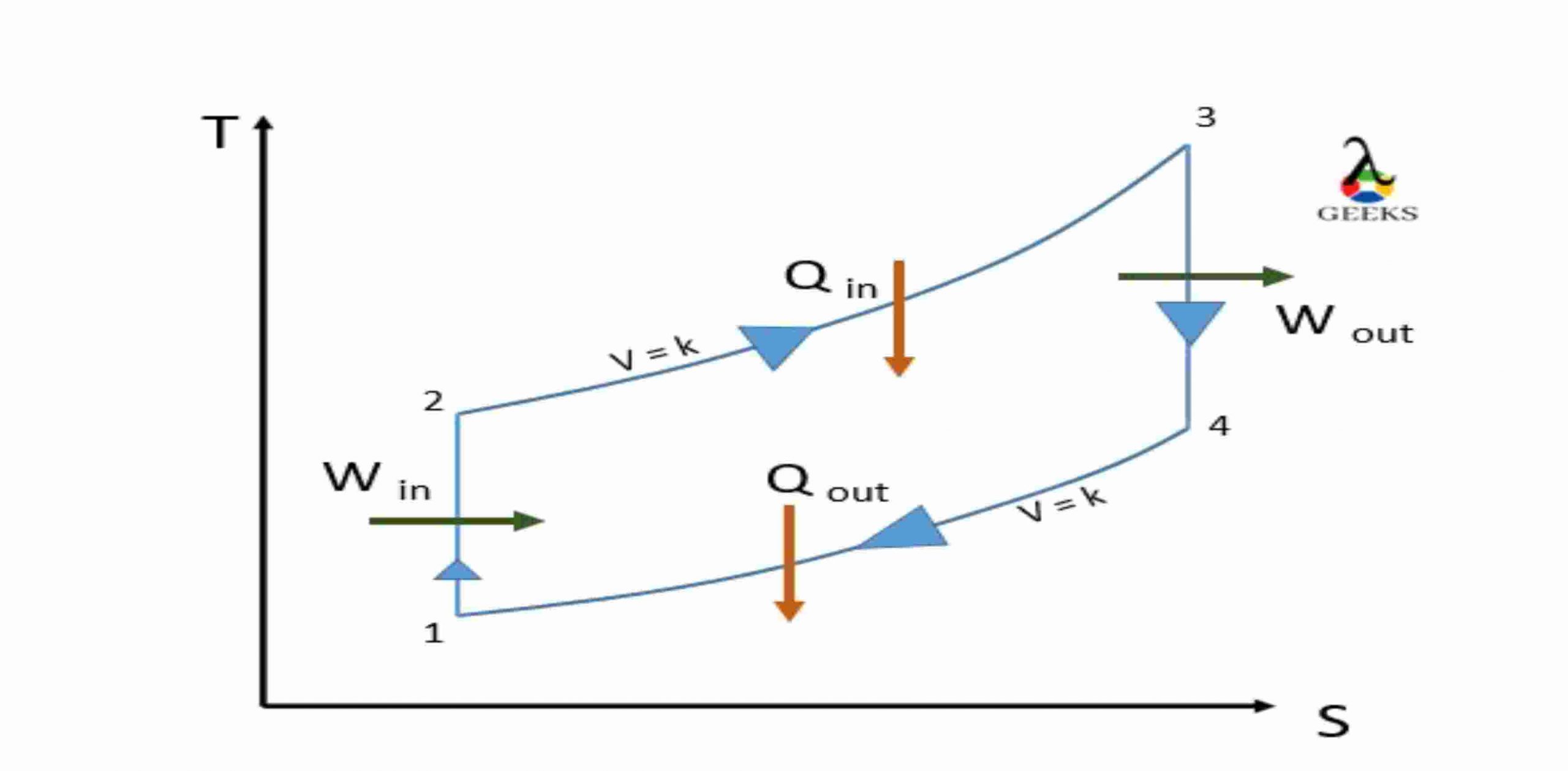
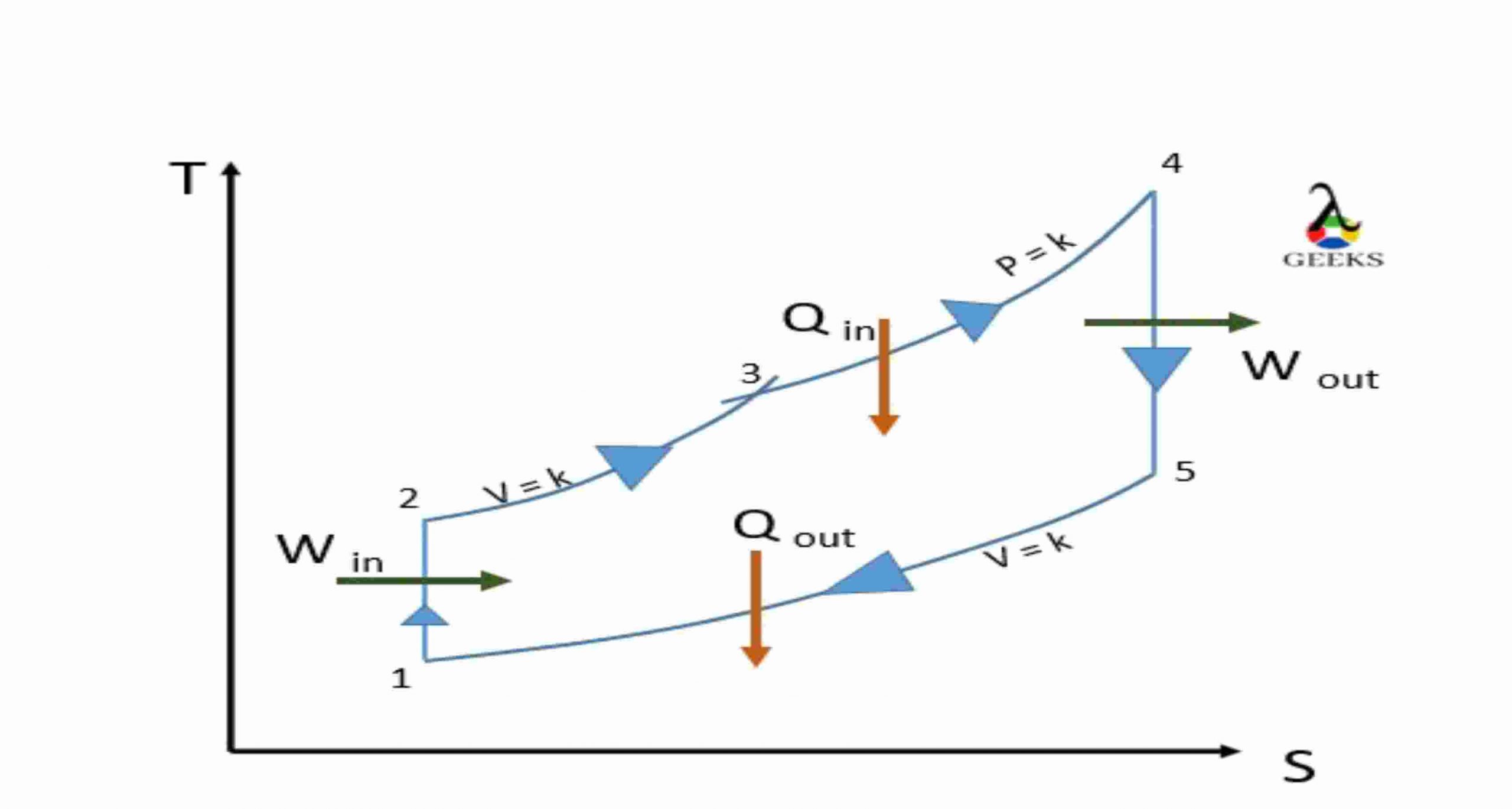
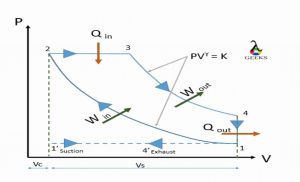
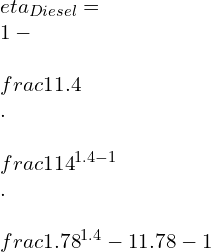

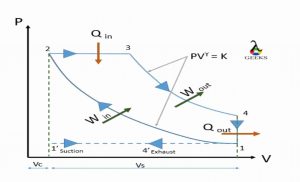
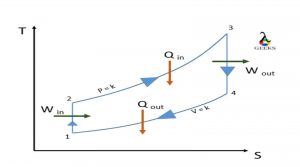


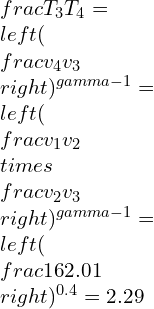

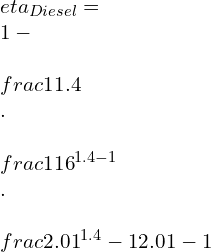







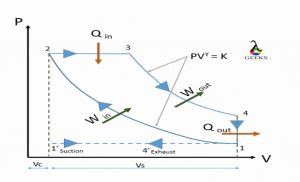
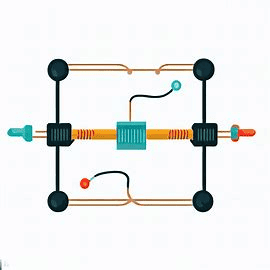
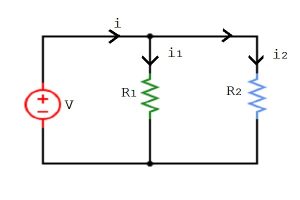




 =11
=11 
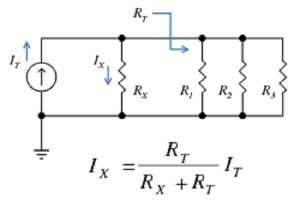






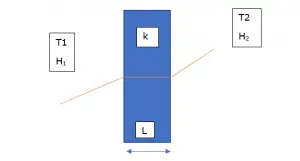
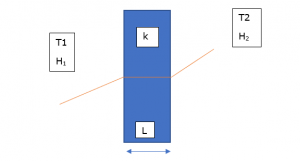



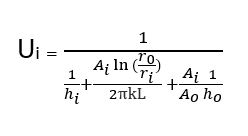






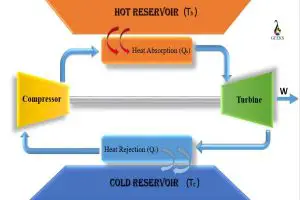
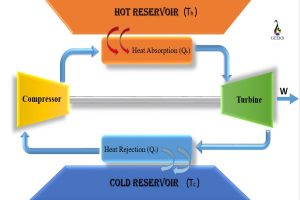
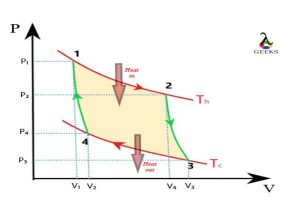
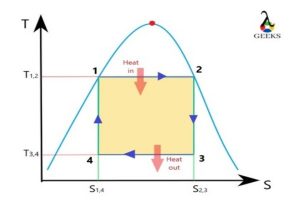

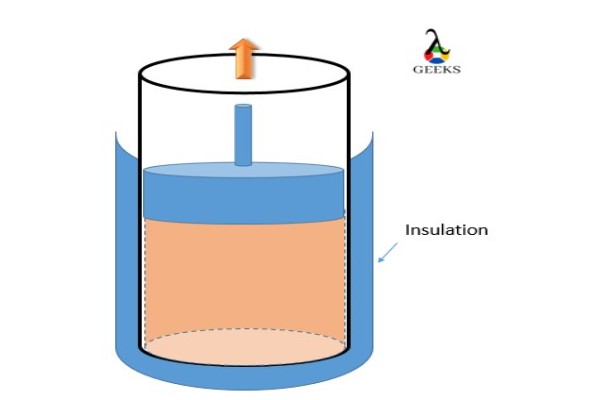
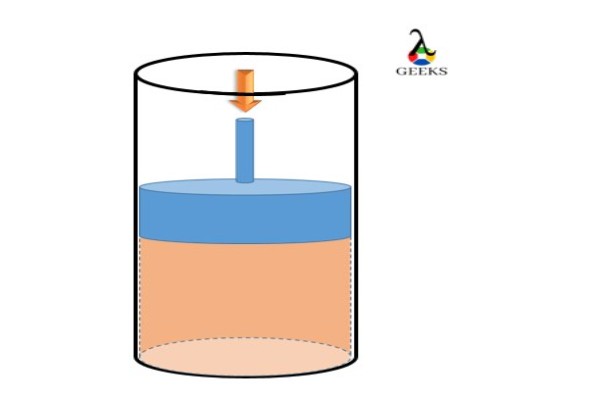
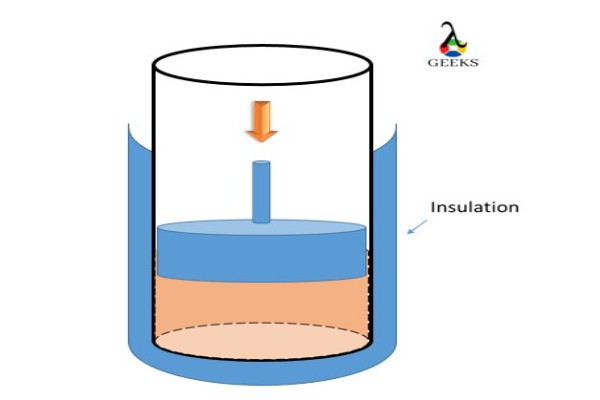










![Rendered by QuickLaTeX.com W = K left [ frac{V^{1-gamma }}{1-gamma } right ]_{2}^{3}](https://lambdageeks.com/wp-content/ql-cache/quicklatex.com-bfaf0fe480662f031800cc9bfa53ad06_l3.png)
![Rendered by QuickLaTeX.com W=left [ frac{P_{3}V^{gamma }_{3}V_{3}^{1-gamma }-P_{2}V^{gamma }_{2}V_{2}^{1-gamma }}{1-gamma } right ]](https://lambdageeks.com/wp-content/ql-cache/quicklatex.com-bbd3e149152f16faaf0d4a489e50cb74_l3.png)
![Rendered by QuickLaTeX.com W=left [ frac{P_{3}V_{3}-P_{2}V_{2}}{1-gamma } right ]](https://lambdageeks.com/wp-content/ql-cache/quicklatex.com-901471515d0dd0f8071dddc426ca39f0_l3.png)
![Rendered by QuickLaTeX.com left [ frac{T_{2}}{T_{3}} right ] =left [ frac{V_{3}}{V_{2}} right ]^{gamma -1}](https://lambdageeks.com/wp-content/ql-cache/quicklatex.com-91e649eb42cb3f5904f72969eb3cb41a_l3.png)


![Rendered by QuickLaTeX.com W=left [ frac{P_{1}V_{1}-P_{4}V_{4}}{1-gamma } right ]](https://lambdageeks.com/wp-content/ql-cache/quicklatex.com-a87c4523eb09b0daf20f2448784386fd_l3.png)
![Rendered by QuickLaTeX.com left [ frac{T_{1}}{T_{4}} right ] =left [ frac{V_{4}}{V_{1}} right ]^{gamma -1}](https://lambdageeks.com/wp-content/ql-cache/quicklatex.com-b5071dcab86067c0c30e711d1eddf574_l3.png)



